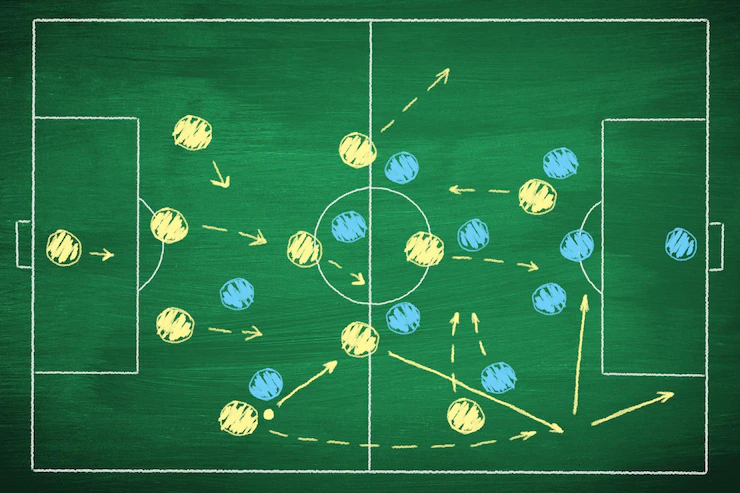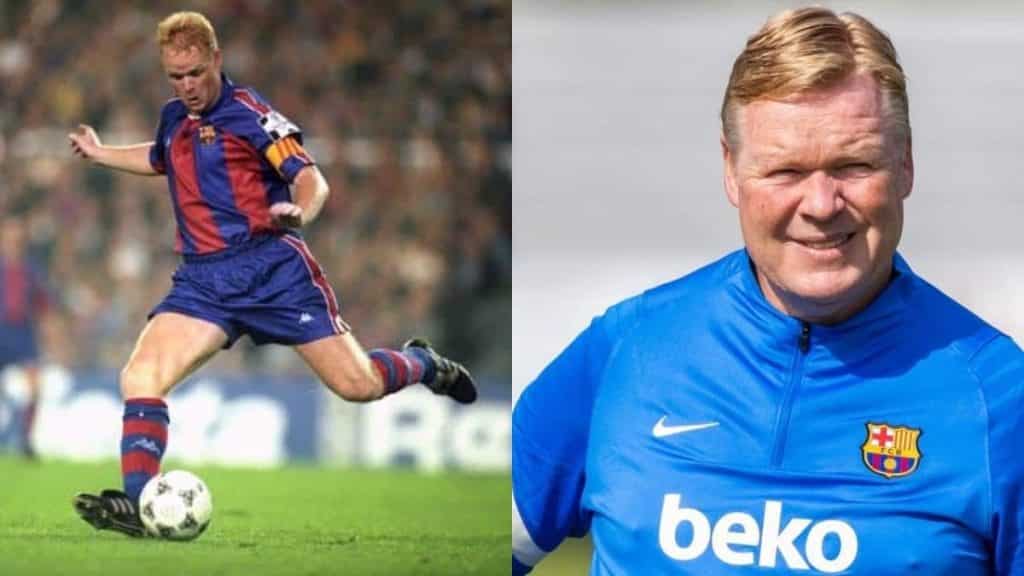Tactics in football is essentially a means to achieve the end goal-scoring opportunities for your team and preventing the opposition team from scoring goals. Analyzing the tactical aspect of the game is becoming more and more common, not only by pundits and analysts but also by fans around the globe following this game.
With modern technology and availability of huge amount of data points for each game, tactical analysis of the game is becoming very prevalent.
What is tactical analysis?

So, let us begin with understanding what the term ‘tactics’ encapsulate. To put simply, it means how a team sets up during a game and react and adapt their game in accordance to how their opponents are playing. This can range from selecting the eleven players for a particular match depending on the opponents that a team is facing to selecting a formation to bring out the best possible result.
It also includes the style of football a team is trying to implement: playing out from the back, counter-pressing football or playing with a low block, for example. It also comprises of changes that a manager might make during a game depending on the game state:
- Bringing in a particular player to unlock a defensive block
- Attacking the opposition goal with a particular strategy targeting the opposition weakness
- Arranging your defensive line and structure based on the current score line and the required target. All of these mentioned above, comes under the umbrella term of tactics.
Generally, before the game starts, the coach and his staff would sit down with their players to decide on the tactics depending on a myriad of factors. The end goal of this tactical analysis is to get the better of the opposition team.
What goes behind this process of tactical analysis?
A number of factors are taken into consideration while doing tactical analysis like:
- Studying the performance of the team in recent matches
- Analyzing the performances of the opposition teams to understand their strengths and weaknesses
- Figuring out what strategy and game plan has worked well against that opposition.
Tactical analysis can also be player specific-building which might require creating a plan to stop a player from playing at their best.
Tactical analysis usually includes studying and understanding the patterns of play of both the teams participating in that game.
It usually starts with collecting all the data points, audio-visuals, game clippings and any other information the manager and the coaching staff deems necessary and important.
Going through all this data and information builds the base for implementing the tactics and style of football the manager wants the team to play.
For example, reviewing how a team plays out its corner routine in games, could give an insight as to how they can be stopped from scoring from those game situations. Using video clips to understand how a team builds-up play and finding out the patterns and principles behind those can help a manager set up strategies and game plan.
Principles behind tactical analysis

Let us now look at some of the principles behind the tactical analysis of games, teams and players. These principles apply to both the teams and the tactical analysis is not only limited to one’s team or just the opposition team.
1. The System
How a team lines up tells a lot about the style of play they are planning to implement. Looking at the formations that the team has played in recent games gives an idea about how the team approaches games. For example, a team with a 4-4-2 formation with a low block is more likely to sit back and defend for the majority of time and counter-attack when given the opportunity.
On the other hand, a team which plays out from the back, would generally control the game more and keep more possession of the ball during a game. A manager would approach these two teams differently because of their tactics and playing style.
2. Set-Piece Analysis
Set-pieces play a very important and crucial role during a football match. Freekicks and corner kicks are great opportunities to create goal-scoring chances and needs to be analyzed well. Teams have different approaches to a set-piece.
To illustrate, the manager might instruct his team to play the ball outside the penalty area from a corner kick on occasions in order to threaten the opposition goal. This might be a repetitive pattern of play and needs to be studied and analyzed. Various teams would have different free-kick routines depending upon their strategy and planning.
3. Player Analysis
Analyzing the strengths and weaknesses of a particular player who can have a big impact on the game is also a part of the tactical analysis. Recognizing how a player approaches different game situations can aid the team to devise a plan or a tactic which could help them curtain that specific player’s performance on that given day.
For example, if a winger is very efficient at 1v1s, then the manager might instruct his team to always have two players against that player on the wings or in advanced parts of the ground to neutralize his skill and effectiveness.
Conclusion
In this article we have discussed what tactical analysis means and how tactics are implemented. We also read about how the tactics are dependent on a various factor and why it is absolutely essential to analyze these before a game. Hopefully, after reading this you would have a clearer picture as to what goes behind the tactical analysis of games and the principles behind it.



